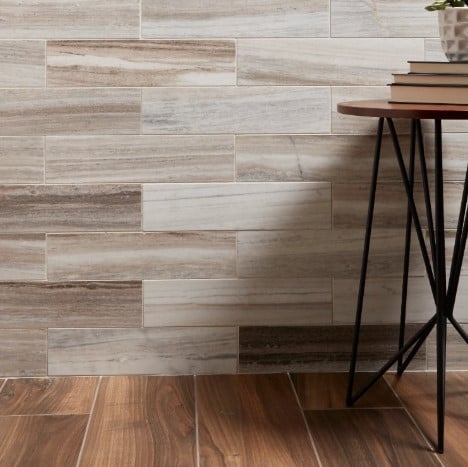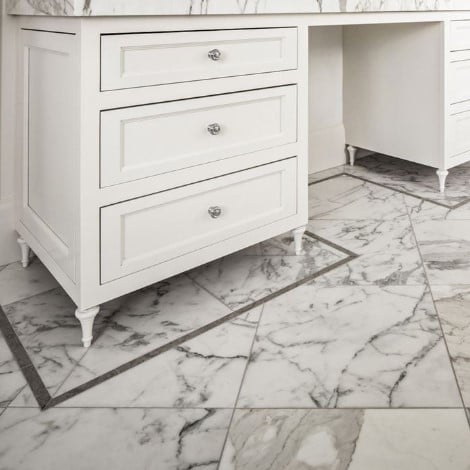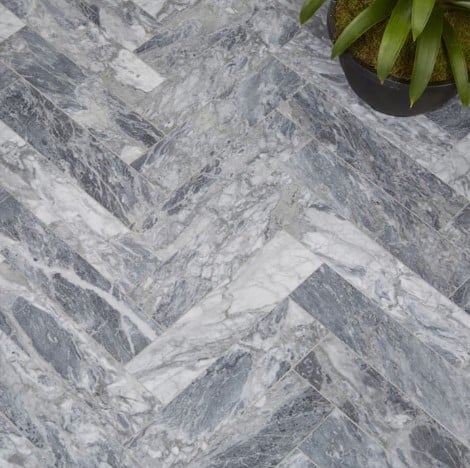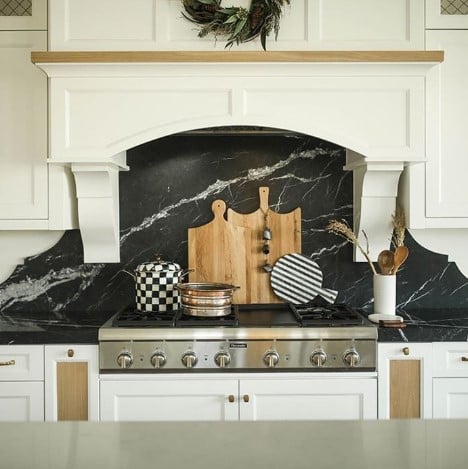Marble has been one of the world’s most beloved materials since ancient times, and remains a popular and luxurious choice for home design, from countertops to flooring to tiles. If you’ve seen a slab of marble up close you may be wondering how and where such a beautiful (and heavy) rock was extracted from the earth. Let’s talk about where marble comes from and take a look at the process of marble mining.

What is Marble?
Marble forms when existing stone—namely, limestone or dolomite—is transformed by intense pressure and heat at the boundaries of tectonic plates in the earth. A type of metamorphic rock, marble gains its distinctive veins and swirls from mineral deposits in the stone that react to the heat and pressure in unique ways.

Where is Marble Found?
As a result of this process, marble can be found in massive seams in many parts of the world. Modern marble production is dominated by four countries that mine around half of the world’s marble: Italy, China, India and Spain. Other countries, including Turkey, Greece and the United States, also have marble quarries.
Southern Italy has perhaps the most well-known and sought-after types of marble, Carrara and Calacatta. Named for the cities in which they are mined, these Italian marbles are considered very fine and luxurious, and they’re often what come to mind when one thinks about marble. Featuring a creamy white background with beautiful, classic grey vein patterns throughout the stone, Italian marble has been particularly beloved for centuries.

How is Marble Mined?
The first step in mining marble from a quarry involves creating a bench wall. This is done using synthetic diamond wire and diamond-tipped drills to separate the rock and form a vertical wall. This involves drilling holes in the marble from the top of the quarry, and lining up a drill hole from the side. The wire is fed through the holes and connected to a machine that sits on track to keep tension on the wire as it cuts through the marble. Sometimes, especially in gallery quarries (which are inside mountains), a chainsaw-like machine is used instead.
From there, the loosened marble is processed into uniform blocks, each of which can weigh more than 15,000 pounds. These massive blocks are transported from the quarry using heavy machines and vehicles, where they are then taken to be milled. Milling involves the extracted blocks being cut with diamond wires or a special saw to create 7- to 9-foot long slabs.
Marble slabs are often coated in a resin to fill any small cracks in the stone’s surface. They are then polished, leaving resin on only about 1% of the surface in order to maintain the purity of the marble. At this point, they are ready to be cut to size to create stunning marble countertops for your kitchen or bathroom.

Where Can Marble Be Used in the Home?
As a natural stone, marble can be used in many places throughout the home. Most commonly installed as countertops, flooring or bathroom tiles, marble has a range of uses and can bring a timeless luxury to any room such an attractive kitchen backsplash.
For ideas and inspiration for using marble in your next design project, see our photo gallery of marble installations.





